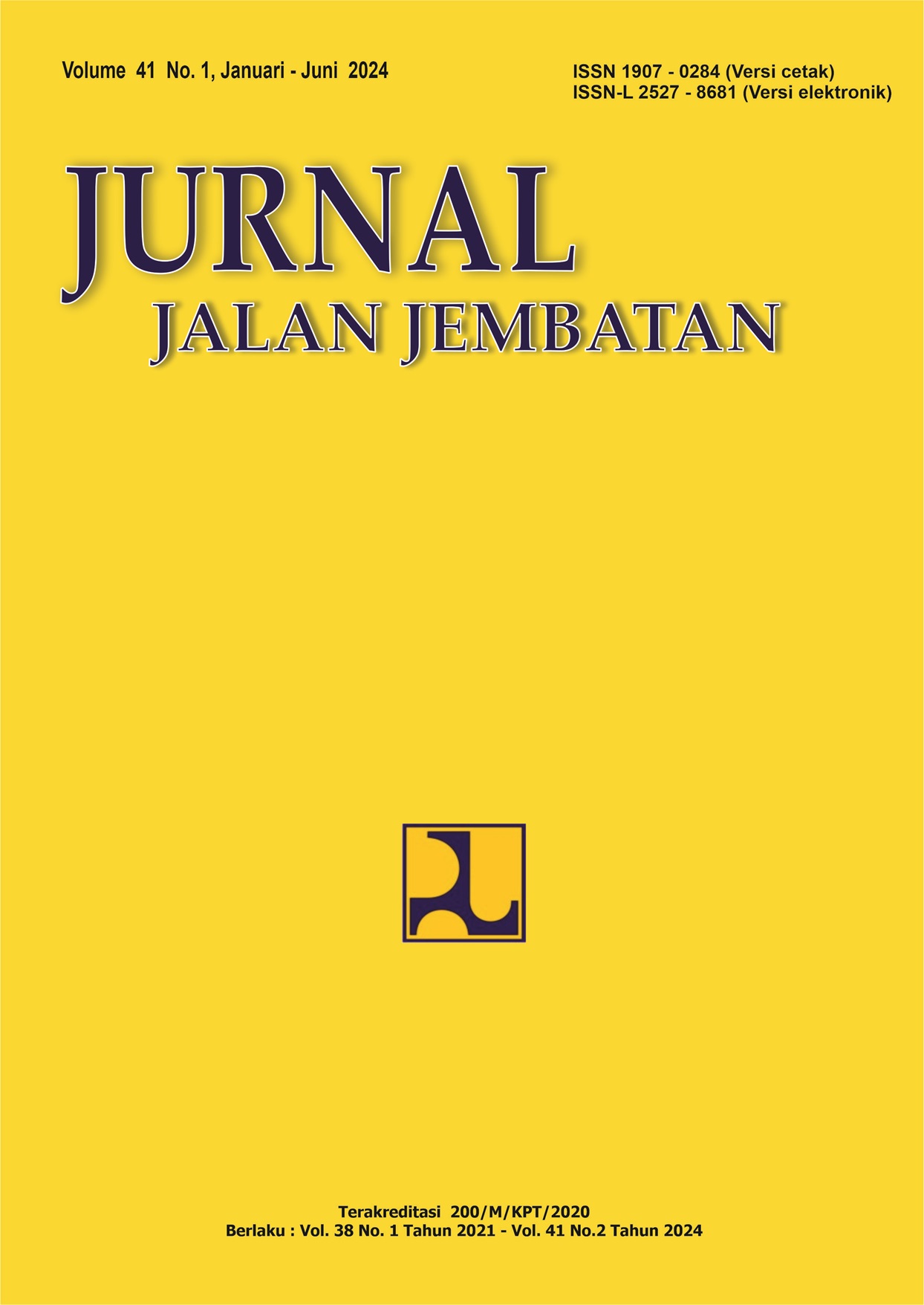THE EFFECT OF SOLO-YOGYA TOLL ROAD DEVELOPMENT ON THE PERFORMANCE OF SIGNAL INTERSECTIONS
Main Article Content
Abstract
The construction of the Solo-Yogyakarta toll road is part of the National Strategic Project. At the construction stage, toll road infrastructure needs to assess the impact of traffic on surrounding roads and intersections, considering the many security and safety problems. Road performance evaluation is critical to overcome traffic problems that may arise during toll road operations in the future. This research aims to calculate traffic performance at signalized intersections, which are influenced by the construction of the Solo-Yogya toll road. The locations studied were four signalized intersections on the Solo-Yogya toll road using primary data on the number of vehicles, travel time, and vehicle speed. The performance of signalized intersections is calculated using the 2023 Indonesian Road Capacity Guidelines, while the distribution of future movements is carried out using JICA STRADA Software and the Gravity model with applicable toll road rates. The traffic growth is 5.6% per year, according to data on the number of vehicles in Jawa Tengah Dalam Angka. The performance of signalized intersections after constructing the Solo-Yogya toll road in 2022 has an average Volume Capacity Ratio (VCR) value of 0.78. In 2046, it will be 1.47. At intersection-3 Bangak Barat and intersection-4 Condong Catur, building an Interchange before 2032 is recommended. The recommendation is to reduce vehicle delays, as in 2032, the VCR value will be more than 0.8. The study gives insight into the combined methods of forecasting traffic growth on signalized intersections near freeways.
Keywords: traffic performance, JICA STRADA, gravity model, signalized intersection capacity, APILL
Article Details
Authors who publish in this journal agree to the following terms:
-
Authors retain copyright and grant the journal the right of first publication with the work simultaneously licensed under a Creative Commons Attribution License, which allows others to share the work with acknowledgment of the work's authorship and initial publication in this journal.
-
Authors may enter into additional contractual arrangements for the non-exclusive distribution of the journal's published version of the work (e.g., post it to an institutional repository or publish it in a book), with acknowledgment of its initial publication in this journal.
-
Authors are permitted and encouraged to post their work online (e.g., in institutional repositories or on their website) as it can lead to productive exchanges, as well as earlier and greater citation of the published work.
Each submitted manuscript must be accompanied by a "Manuscript Originality Statement" and a "Copyright Transfer Statement".

